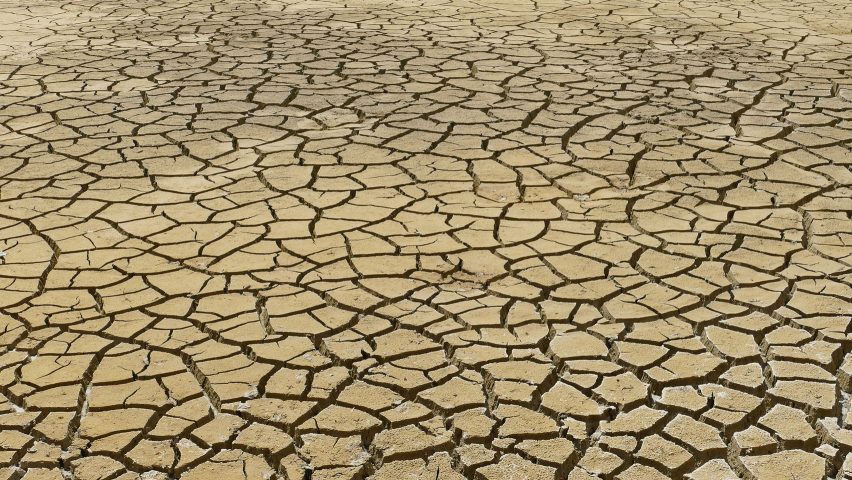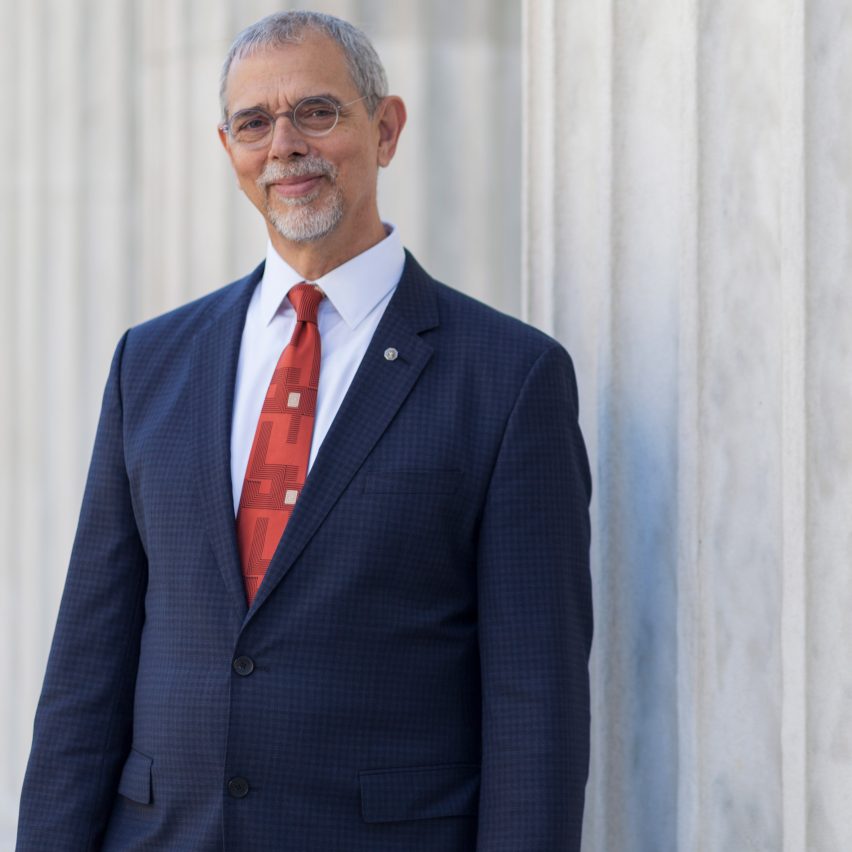
AIA makes climate crisis "top priority"
The American Institute of Architects has released a five-point action plan for climate change after announcing it a "critical issue" for the architecture profession.
AIA unveiled the Where We Stand: Climate Action plan on Monday 16 September following the announcement of its initiative to drive climate action on 5 September.
"This is a defining moment for the Institute," said current AIA president William Bates. "We are making this [climate action plan] our top priority in order to address the crisis our communities face."
"Moving the needle on this critical issue – that threatens the future of our planet and humanity – requires our firm commitment to achieving carbon neutral goals in the built environment and our immediate action. It's imperative that the industry acts today."
Former AIA president to testify in Washington DC tomorrow
As a continuation of this effort, AIA announced today that 2018 president Carl Elefante will testify on behalf of the organisation tomorrow, Friday 20 September, in Washington DC.
The hearing Building a 100 Percent Clean Economy: Solutions for the US Building Sector, which will take place at the US House Energy & Commerce, coincides with the Global Climate Strike protest.
The AIA's action plan highlights ways to reduce the amount of carbon produced by the built environment, which is estimated to contribute to almost 40 per cent of greenhouse gas emissions in the US – ranging from carbon produced during construction to everyday heating, cooling, and electricity.

The statement, which calls on architects to prioritise resiliency in designing projects, comes in the wake of a series of devastating and unpredictable weather events in the US that have been linked to the effects of climate change.
"Climate change requires a holistic approach, addressing the interdependencies among people, buildings, infrastructure, and the environment," said Bates. "Our training allows us to look for solutions and ways to mitigate climate change comprehensively and creatively, which we do every day."
AIA five-point plan to reach net-zero design
The AIA climate action plan is laid out in five key points, with the first providing notice that the AIA has ratified the Resolution for Urgent and Sustained Climate Action, which aims to accelerate the decarbonisation of buildings and the built environment in the country.
AIA's second step focuses on developing resources to prepare architects to achieve "a zero-carbon, resilient, and healthy built environment". This encompasses education programmes and initiatives like Materials Matter, which will offer clearer information on materials and ethical sourcing, and the AIA+2030 certificate that commends firms pursuing net-zero design. The certification aligns with the international objective set by the World Green Building Council to achieve net-zero emissions in the building by 2050.
Additional points in the statement include rectifying building codes to mandate carbon-efficient design and construction. The organisation has also confirmed that it will work with policymakers to lobby to amend legislation in order to reach the goal of net-zero carbon by 2050. It also promotes the reuse of existing structures rather than new construction.
Drive follows campaigns for climate action
The final step is that the AIA will encourage its nearly 1oo-thousand members to advocate for policies that promote resilient design. The organisation intends to alter legislation so that existing buildings are retrofitted to meet with new standards of energy efficiency and resilient design.
The climate statement forms part of AIA's greater Where We Stand declaration, which outlines several other values of the AIA including equity, human rights, fair policies and tax codes, and supporting young people in the industry.
It follows much campaigning by AIA for climate change action. Last year, the organisation penned an open letter to president Donald Trump, who is regarded as a climate-change skeptic, outlining its "outright opposition" to his policies.
Read on for the full version of the AIA's five steps:
AIA ratified the Resolution for Urgent and Sustained Climate Action and has adopted the Framework for Design Excellence. AIA is now creating a plan for the organisation that will shift a significant portion of its work to climate action.
AIA is developing the necessary resources to prepare architects to achieve a zero-carbon, resilient, and healthy built environment.
AIA will continue to offer the AIA+2030 certificate to support firms pursuing zero net carbon design through the 2030 Commitment. It also will continue its education series, “Resilience and Adaptation,” a certificate program highlighting best practices for mitigating climate and hazard risk. AIA will push for greater materials transparency and ethical sourcing through its “Materials Matter” initiative, and AIA will expand its energy series, which educates architects on energy modeling, net-zero design, and climate considerations. Finally, AIA will establish meaningful partnerships with building product manufacturers and industry allies with a voice on the built environment to increase environmental stewardship by all stakeholders, as well as the affordability and availability of carbon sequestering materials for the built environment.
AIA is spearheading changes to building codes and materials guidelines in the public and private sectors.
AIA is working with building code officials worldwide to implement the recommendations (and elevate code stringency) of the 2019 report from AIA’s Blue-Ribbon Panel on Codes and Standards, Disruption, Evolution and Change: AIA’s vision for the future of design and construction. This publication calls for the nimble development, adoption, and enforcement of comprehensive and coordinated building codes that mandate carbon-efficient design and construction. AIA is actively advocating for full adoption of zero net carbon energy codes at the International Codes Council (ICC), state, and local levels.
AIA will partner with policymakers and allies to expedite policy and practice resources that effectively address climate change.
AIA is a stakeholder in the newly announced Congressional initiative to achieve a net-zero carbon future for the United States. The House Energy and Commerce Committee has announced its commitment to this ambitious goal that will affect future legislation. The goal is to achieve net-zero-percent carbon pollution and 100 percent clean economy by 2050. AIA is working in partnership with committee members to shape legislation to achieve these goals.
AIA will activate its 94,000 members to vigorously advocate for policies that promote resilient design and dynamically curtail buildings' harmful impact to the climate.
Together, we can hold elected officials accountable through the power of our association and the strength of our conviction. Climate action requires changes to public policy targeting existing commercial and residential buildings, and a mandate for higher standards in future construction. In the US, approximately 95 percent of all buildings are more than a decade old. Of all US commercial buildings, 82 percent were built before 2000, prior to modern versions of building energy codes governing their design and construction. AIA will advocate both domestically and internationally to build support for policies that increase all buildings’ ability to withstand extreme weather, perform efficiently, use renewable energy, and decrease reliance on fossil fuels. To that end, AIA has partnered with the US Conference of Mayors and Climate Mayors to address local sustainability and resilience efforts and is participating in the United Nations Summit on Climate Change. Finally, AIA will lobby for creating and expanding historic preservation tax credits to promote the reuse of safe buildings and reduce the carbon footprint of new construction.
Main photo is via Pixabay.